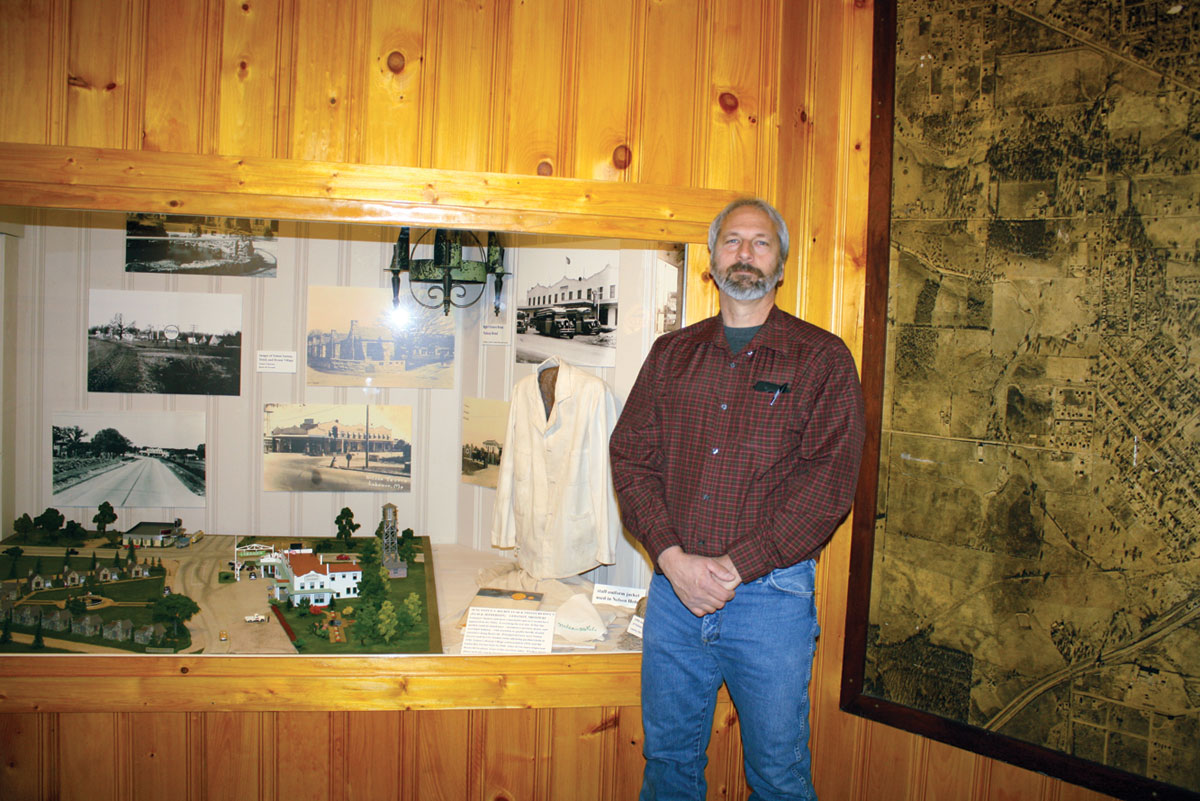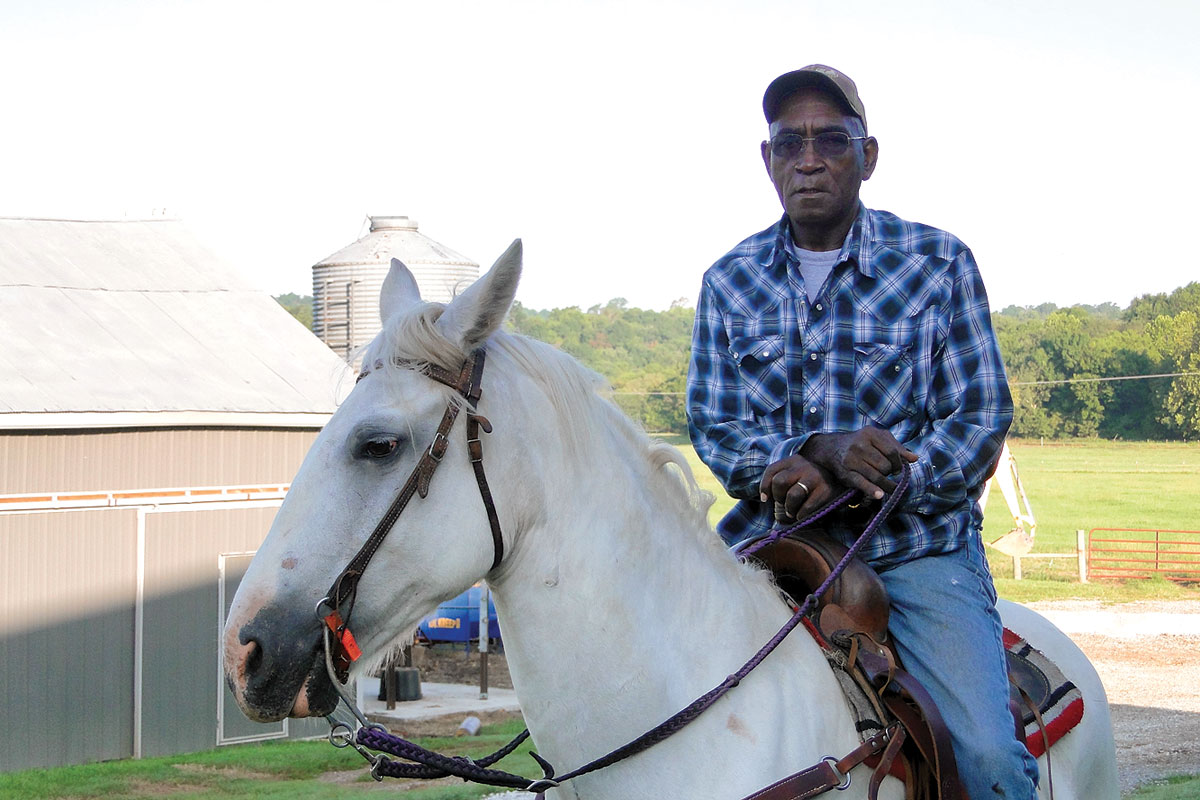
A decendant of Neosho Parthena Brown continues her mission of giving
This is the story of Neosho Parthena Brown, a Euchee/Creek Native American whose father Samuel W. Brown and Euchee Chief was born in Fort Smith, Ark., during the Trail of Tears.
The Oklahoma Indian Territory was supposed to belong to the Indians forever, but in 1899 America decided the tribes needed to dissolve and given allotments of 160 acres as compensation. While the idea was not popular among the Native Americans, Chief Brown believed this was the best deal they were ever going to get. Consequently, his 16-year-old daughter Neosho drove a buggy with her father sitting beside her with a shotgun for protection while registering his people for allotment eligibility.
Even though she was only 6 years old at the time when she passed away, Neosho’s great-great-granddaughter Jane Breckinridge remembers her well.
“Neosho was very tiny, perhaps only 4-foot-10, but with a commanding dignity,” Jane said. “She wore long dresses and had long hair in a bun. Her most defining characteristic, however, was her love and compassion for others helping even with her limited resources.”
The door to Neosho’s primitive log cabin didn’t have a doorknob but rather a leather strap to secure it. Through the years, Neosho opened her home to those who needed it. Jane’s grandmother Maxine remembers many of those people spoke no English but were some of the beneficiaries of Neosho’s constant charity. Jane’s mother Joan spent many summers at her grandmother’s, and if they needed to go to town, they would walk the one-third-mile lane to the highway to catch a Greyhound bus. Jane believes the lane may have been part of an old wagon road. Sadly, the log cabin is no longer there, though Jane treasures being able to see the precious family site while working on her farm. When Neosho passed in 1971, her daughters split the allotment, which has since been handed down within the family.
When oil was discovered on the allotment during the early part of the 20th century, the family prospered. They had a beautiful home in town and purchased furniture all the way from Kansas City.
Like many, they lost their money during the Great Depression and were forced to return to the land though they were able to bring their beautiful furniture with them. Jane now possesses the family’s library table, which is in her farm’s meeting space, proudly decorated with old family photos. Because the land had been used for oil and still had old equipment, it was never to be plowed, making Neosho’s true legacy helping others. That legacy remained strong through subsequent generations and great-great-granddaughter Jane is a perfect example.
Jane and her husband David Bohlken met at Macalester College in St. Paul, Minn. Jane pursued a political science degree and became a magazine audience developer while David’s degree was in economics. Because their lives are now so tied to the land, people often mistakenly believe their backgrounds are in biology.
The truth is far more interesting. David’s grandparents came from Croatia and his parents owned a Christmas tree farm in Wisconsin. At one point everything but Christmas trees and chest-high milkweed, a highly favored butterfly plant, was killed by an herbicide. During a dinner in 1992, someone mentioned to David the possibility of raising butterflies for money which resulted in him becoming one of the early pioneers in the butterfly industry.
Jane’s father Peyton began as a cattle rancher, but became an Oklahoma State Senator. Jane’s love of the land was heavily impacted by the wider world view her father’s position fostered. The combination of Neosho’s values, Jane’s father’s desire to help others through politics and David’s experience and view of the butterfly industry, led the couple to start a butterfly farm on land in 2013 on Neosho’s original allotment.
Their intention was to make the world a better place by bringing viable and sustainable jobs, especially for often marginalized people, such as those with disabilities, single parents and veterans, in an area of hardscrabble, sandstone and blackjack and post oaks. The land for the Euchee Butterfly Farm consisted of two parcels, each 20 acres in size. One was to become the butterfly farm while the other was an original prairie remnant containing several varieties of milkweed, rattlesnake master and the purple flowered blazing stars, three of the more than 60 species found there.
David and Jane’s multi-prong project began in earnest in 2014. The monarch butterfly population volume had dropped to only 40 million in 2013 from 900 million in 1996. Natives Raising Natives is their program to teach others how to raise butterflies while providing supplies and training for sustainable economic development in rural areas not suited for farming. Other initiatives are the Tribal Alliance for Pollinators and Tribal Environmental Action for Monarchs. Land restoration to original prairie conditions is being another priority since Oklahoma is located at a critical juncture in the 3000 mile long monarch highway.
In 1880, only 20 percent of the American population was urban with 80 percent rural. Now the statistics are reversed with 80 percent being urban and only 20 percent rural. This situation has disconnected children from the land.
David and Jane view the monarch butterfly as a critical environmental ambassador because it is delicate and beautiful. Bees are a much more important pollinator but lack the butterfly’s appeal when teaching disconnected youth.
Until recently, the couple brought a butterfly exhibit to numerous fairs and shows. Every visitor, especially children, were thrilled with the beautiful attraction where a thousand butterflies darted gaily often landing on them. The stunning insects also allowed people to feed them with a dropper. The largest fair is the Minnesota State Fair. In 2019, the fair had 2 million in attendance for the 12-day event, with 80,000 visiting the butterfly exhibition building. The goal is to inspire childrens’ interest in science so they become nature-committed and maybe even choose an environmental career.
“The land owns itself, but I can read the messages and help others learn,” Jane explained. “I think Neosho would be saddened by people losing their connection with the land but both proud and hopeful for what David and I, and many others, are doing.”







